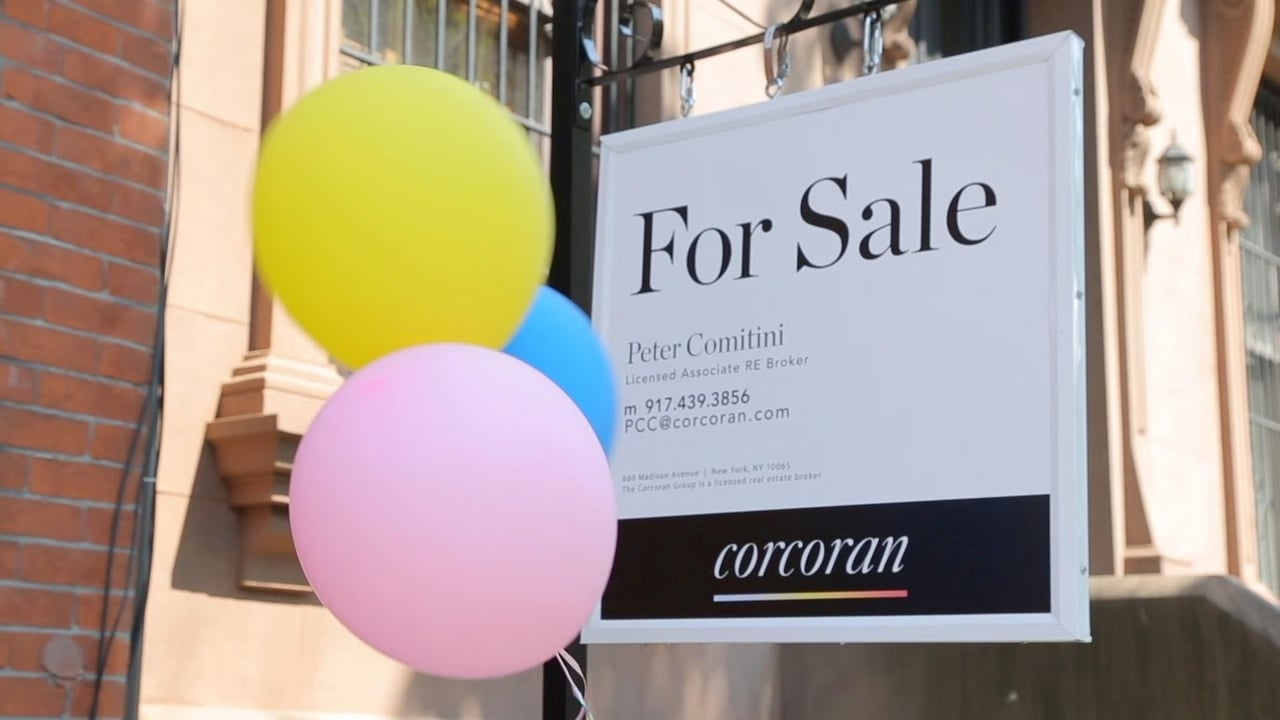About Park Slope & Prospect Heights
These are two of Brooklyn’s most beautiful and desirable neighborhoods, sharing their common amenity, the beautiful, 526-acre Prospect Park, designed by Frederick Law Olmsted and Calvert Vaux. Both of these late 19th-century Victorian-era Brownstone neighborhoods are picture postcards perfect on blocks lined with mature London Plane trees. Both of these neighborhoods are overlaid by large landmarks, and historic districts, widely preserving these fine homes for future generations. Much of the residential streetscape is intact. Park Slope and Prospect Heights residents enjoy major cultural institutions nearby including the Brooklyn Museum, the Brooklyn Botanical Garden, and the Art Deco main branch of the Brooklyn Public Library. Foodies love the Grand Army Plaza Farmer’s Market on Saturday and the Park Slope Food Coop. I’m probably a little biased about how great I think these neighborhoods really are. since I was born on Union Street in Park Slope, and have seen these neighborhoods evolve.
Park Slope
The leafy green streetscape of Park Sope includes intact rows of townhouses in the late Italianate, French Second Empire, Greek Revival, Victorian Gothic, Queen Anne, and Romanesque Revival styles. Mansions and prewar apartment houses line the neighborhood’s “Gold Coast” on Prospect Park West. These were designed to compete with the finest houses being built in Manhattan at the time. Indeed, many of the same architects of the period built here as with Rosario Candela’s 47 Plaza Street West, and the Emory Roth designed 35 Prospect Park West. Wide swaths of the area today are protected by Landmark Historic District status First designated in 1973 and twice expanded, new development here is highly restricted, but there are a few notable conversions and developments on the neighborhood’s perimeter like the pre-war condo at One Prospect Park West; or Richard Meier’s modernist 1 Grand Army Plaza overlooking Prospect Park, on the border with Prospect Heights. Further away from the park and historic districts, the formerly industrial 4th Avenue corridor has seen ongoing new residential development made possible by a 2011 zoning resolution.
Park Slope was farms and woods until the early 19th Century. It was rural with just a few mansions, a hotel, and a tavern occupying the area. The western part near Gowanus Creek was already an industrial area when the street grid of Brooklyn was implemented in 1839. The Fulton Ferry service began regular crossings over the East River from Manhattan, making Brooklyn somewhat more accessible. This area known as South Brooklyn at the time, was a bit further away than the already developing community of Brooklyn Heights to the north. It wasn't until the opening of Prospect Park in 1867 that the neighborhood started to change. By the late 1870s, Prospect Park became a popular destination, with horse-drawn rail cars running between Prospect Park and the ferry, with many visiting Brooklyn for the first time. The 1883 opening of the Brooklyn Bridge fundamentally changed the perception and character of the City of Brooklyn. Mansions and upscale apartment buildings designed to compete with those on Fifth Avenue and Park Avenue in Manhattan began to rise on Prospect Park West’s "Gold Coast", with brownstone-clad row houses on the side streets. This accelerated the change from rural to today’s urban character. In the late 19th century The 1890 census showed Park Slope as the wealthiest community in the country. The area north of the park started to be referred to as Prospect Heights as to to distinguish it from the pricier Gold Coast properties bordering Prospect Park West.
The 1929 Great Depression arrested the development of luxury housing in the area as socioeconomic changes transformed Park Slope into more of a working-class enclave. By the 1960s the area was affected by de-industrialization and exporting of American manufacturing jobs beginning an economic decline across the entire city, depressing property values. That wasn't helped by the December 16, 1960 crash of an airliner near the corner of Sterling Place and Seventh Avenue killing everyone on board and six people on the ground. However, by the end of the decade, its beautiful Brownstones began to be appreciated by a new generation attracted by affordability, who saw the inherent value of the historic homes and began purchasing and renovating them. By 1973 the first Park Slope Historic District was established giving clarity to those who moved here that their neighborhood would remain the well-preserved living museum of 19th century architecture that it is today.
Park Slope is roughly bounded by Prospect Park West on the east, Fourth Avenue to the west, Flatbush Avenue to the north, and the Prospect Expressway to the south. It has three areas that you’ll see in listing descriptions. The ‘North Slope’ runs from Flatbush Avenue to Garfield Place where the streets have names, the section from 1st Street through 9th Street is ‘Center Slope’, and south of 10th Street is called the ‘South Slope’.
Prospect Heights
Prospect Heights sits right between Park Slope and Fort Greene, and it benefits from access to both. It holds many of the same styles and architectural characteristics as Park Slope with its own large Historic District. The Brownstones here are often built on extra-large lots with big backyards. Most of the neighborhood consists of single-family homes, but you'll also find new and recently developed modern properties like 505 Vanderbilt Ave. These offer the simplicity of condominium ownership, often with larger-than-average floor plans and modern luxury amenities. Vanderbilt Avenue is its main commercial strip and one of Brooklyn’s most vibrant featuring wonderful restaurants, shops, and bars. Its Northern border with Atlantic Avenue provides access to the rest of the city via the excellent transportation hub at the Atlantic Terminal. The iconic Barclays Center marks its northeastern corner as a destination for concerts, and cultural events, and the home arena for the New York Nets and the New York Liberty basketball teams.
Find a home


